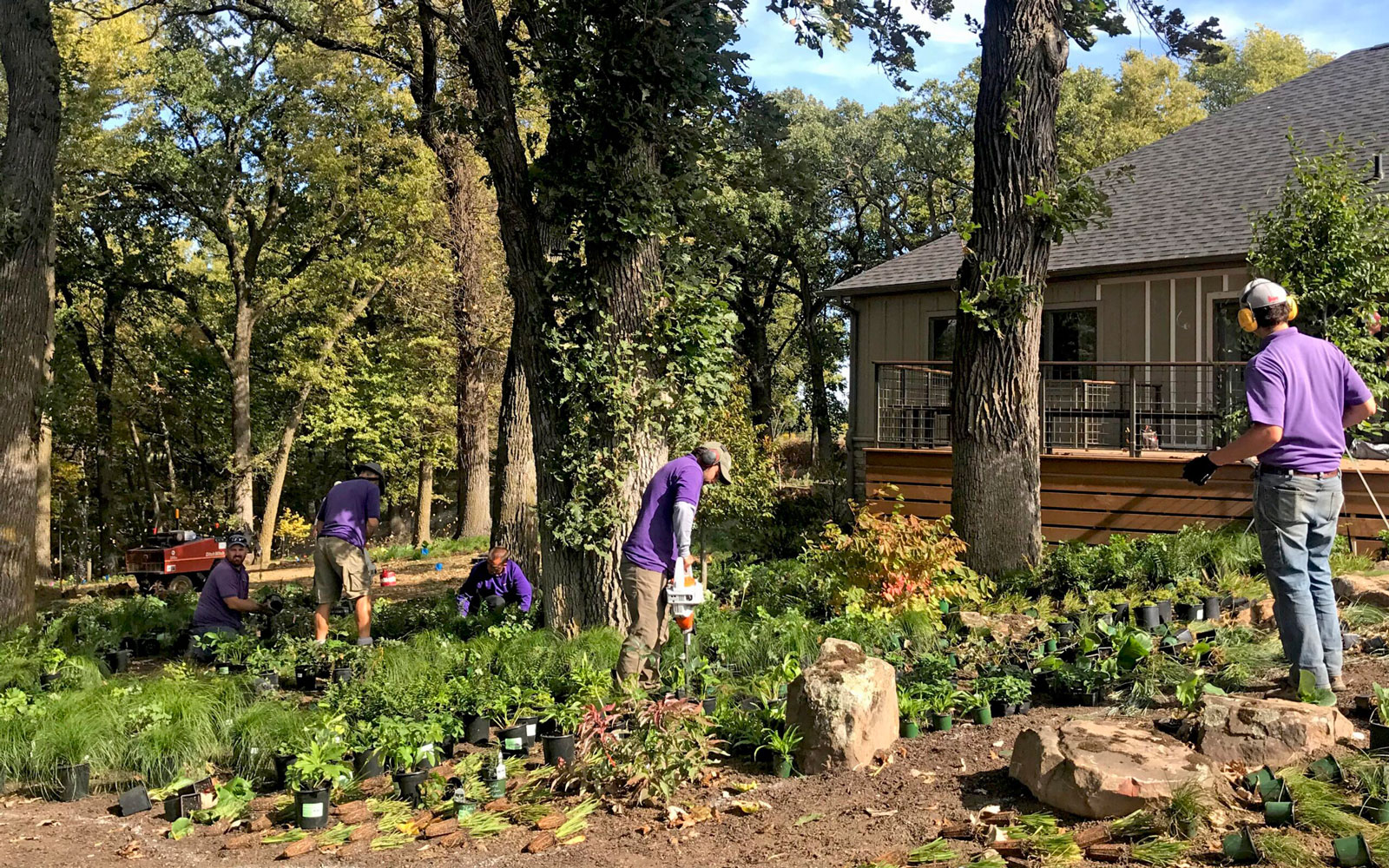Introduction: A Symphony of Flora and Design
Embark on a journey into the enchanting world of stylized meadow gardens, where the symphony of flora and thoughtful design converges to create a visual masterpiece. In this exploration, we delve into the principles of meadow gardening, the selection of plant varieties, and the art of crafting a garden that harmonizes with nature while adding a touch of sophistication to outdoor spaces.

1. Meadow Gardening Principles
Unlock the secrets of meadow gardening by embracing principles that mimic the beauty of natural meadows. “Ecological Mimicry” involves replicating the diversity, composition, and dynamic balance found in wild meadows. Incorporate native plants, create layers of vegetation, and allow for naturalistic drifts to capture the essence of a thriving meadow ecosystem.
Meadow Gardening Principles: Embracing ecological mimicry to replicate the diversity and dynamic balance of natural meadows.
2. Plant Selection for Artistic Impact
Curate your meadow garden with plant selections that promise artistic impact. “Botanical Palette Curation” involves choosing plants not just for their individual beauty but also for their collective visual harmony. Blend grasses, wildflowers, and flowering perennials in a curated palette, considering bloom times, textures, and heights to create a visually stunning and seasonally evolving display.
Plant Selection for Artistic Impact: Engaging in botanical palette curation for visual harmony and seasonal evolution in meadow gardens.
3. Thoughtful Design Elements
Elevate your meadow garden with thoughtful design elements that enhance its aesthetic appeal. “Structural Elegance” involves incorporating features like winding paths, strategically placed focal points, and subtle elevation changes. Introduce elements such as ornamental grasses for movement, and consider the interplay of light and shadow to create a garden that engages the senses.
Thoughtful Design Elements: Infusing structural elegance with winding paths, focal points, and interplay of light and shadow in meadow garden design.
4. Seasonal Dynamics and Maintenance
Embrace the seasonal dynamics of meadow gardens and establish a maintenance routine that respects their natural cycles. “Sustainable Vigilance” involves understanding the blooming periods, seed dispersal, and dormancy phases of your chosen plants. Employ eco-friendly maintenance practices, such as controlled burns or selective mowing, to promote a healthy and sustainable meadow ecosystem.
Seasonal Dynamics and Maintenance: Practicing sustainable vigilance to understand and respect the seasonal cycles of meadow gardens.
5. Garden as a Biodiversity Haven
Transform your meadow garden into a haven for biodiversity by embracing “Floral Biodiversity Synergy.” Encourage pollinators, such as bees and butterflies, by providing nectar-rich flowers. Consider incorporating a water feature to attract birds and create microhabitats for beneficial insects. Your stylized meadow garden becomes not only a visual delight but also a sanctuary for diverse forms of life.
Garden as a Biodiversity Haven: Fostering floral biodiversity synergy to create a haven for pollinators and other forms of wildlife.
Conclusion: Cultivating Nature’s Symphony
As we conclude our exploration of stylized meadow gardens, it’s evident that the art lies in cultivating nature’s symphony. By adhering to meadow gardening principles, curating a botanical palette, infusing thoughtful design elements, respecting seasonal dynamics, and fostering biodiversity, you elevate your outdoor space into a living masterpiece. Immerse yourself in the beauty of stylized meadow gardens, where the language of nature is translated into a visual and ecological symphony.
© 2024 MeadowArtistry. All rights reserved.